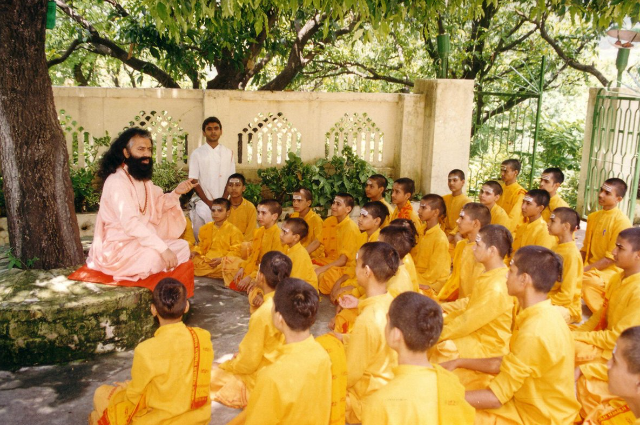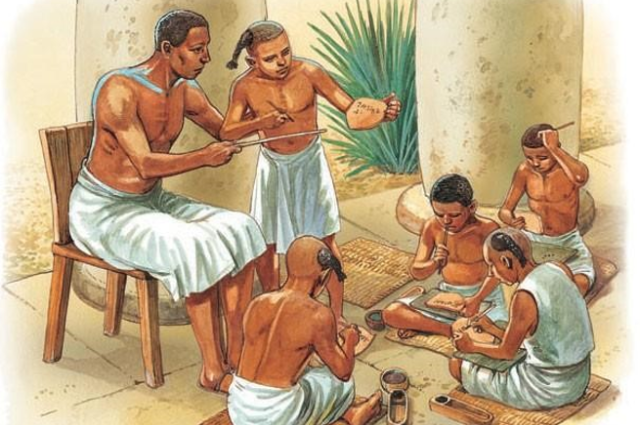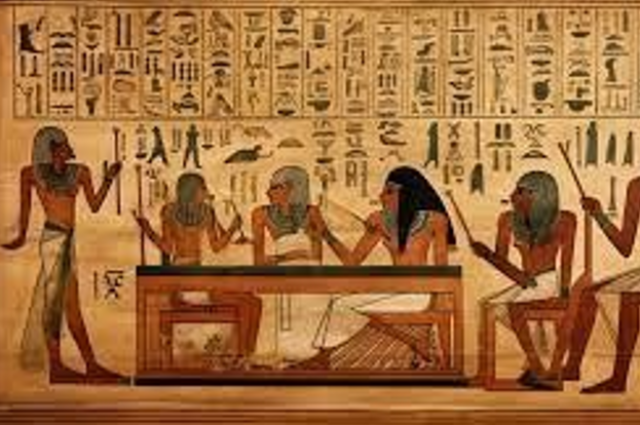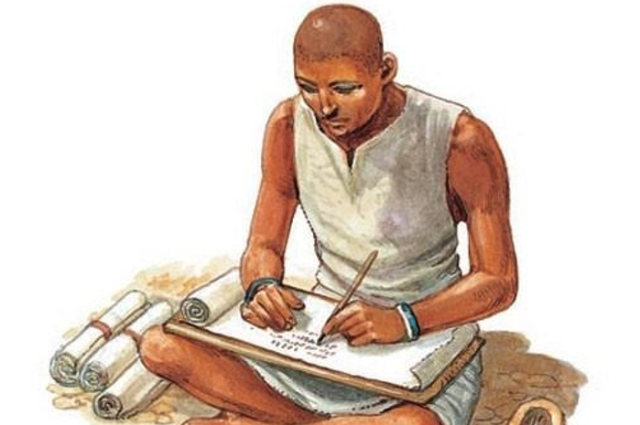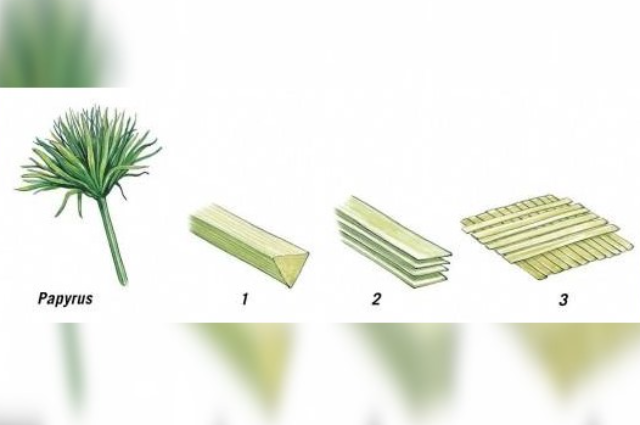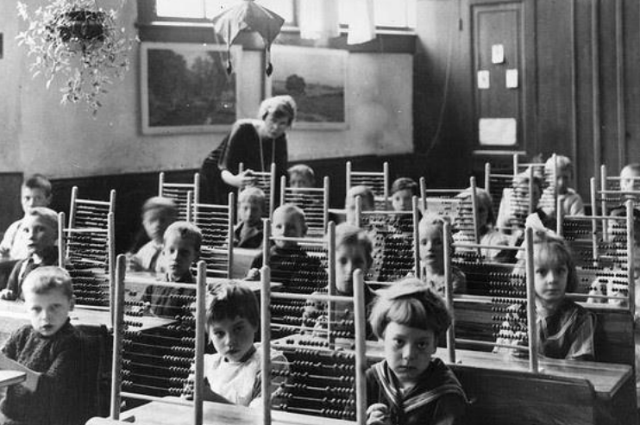Throughout history, education has served as an important barometer of civilizational advancement.
Many great superpowers and imperialistic empires built on solid educational and research foundations.
From the days of Ptolemy during the height of the Roman Empire to the physical marvel of Maxwell's Electromagnetic Radiation waves and Albert Einstein's nuclear physics equation, education has played a critical role in molding nations' political and economic power.
History of Educational Evolution
In India, the first form of formal education emerged during the Vedic Ages, with Rigveda leading the way.
The sage and his students commemorated the era with hymns under a pupil tree.
Other types of Vedas arose over time, such as the Samaveda (Oral Rendition), Atharvaveda (Written), and Yajurveda. In the years that followed, Aryabhata's mathematical contributions in posing the concept of zero were extensively recognized.

A Picture of the Pupil Tree format of Education Attainment, Picture source: Quora
The country was in its Golden Age, and it was grateful to numerous scholars for producing unquestionable excellence through an organized, disciplined educational system.
Furthermore, Egyptians built two types of formal schools for affluent children, both supervised by government officials and priests: one for scribes and another for priest trainees. Students began attending writing school at the age of five and continued to study reading and writing until they were 16 or 17. At the age of 13 or 14, the schoolboys were given practical training in the offices for which they were being trained. Priesthood training began in the temple college, where males were admitted at the age of 17, with the duration of training dictated by the needs for specific priestly offices. It's unclear whether practical sciences were part of the temple college's formal curriculum.
However, much as the Vedic and Egyptian civilizations were severe, North China built elaborate educational institutions beginning with the Shang dynasty. The foundation for the modern Chinese character was created, in major part, some 3,000 years ago.
Chinese ancient formal education was distinguished by its secular and moral content. Its principal purpose was to instill moral awareness and accountability for individuals and the state. Harmonious human connections, rituals, and music were taught from the beginning of society.
The Aztecs preserved their culture primarily through oral transmission and rote memorization of key events, calendar information, and religious knowledge. Conservators, or priests and noble elders, oversaw education. Because one of the conservator's principal responsibilities was to censor new poems and songs, he was meticulous while teaching poetry, particularly divine melodies.
To the best of our knowledge, the Incas spoke no written or recorded languages. Like the Aztecs, they relied mainly on oral transmission to maintain their culture. Inca education was divided into two categories: occupational education for common Incas and strict training for the nobility. The Inca empire was a theocratic, imperial monarchy based on agrarian collectivism; hence the kings were concerned with providing vocational training for men and women in collective agriculture.
Ancient Israel, like many preindustrial societies, began with a predominantly familial education, in which the mother educated the very young and the females, while the father was responsible for moral, religious, and handicraft teaching for the developing sons. This tendency persisted in Jewish education, where the relationship between instructor and student was frequently depicted in terms of parentage and filiation. The Hellenic language and people can be traced back to the Mycenaean civilization of 14001100 BCE, which descended from Minoan Crete. Education was severe, and the Hebrew word musar encompassed both education and punishment. The Mycenaean society consisted of petty Oriental rulers with bureaucratic administrations, and it appears to have had an educational system designed to produce scribes in the same way as ancient Middle Eastern civilizations did. However, there was no continuity between this education and that which arose after the Greek Dark Age, which lasted from the 11th to the 8th centuries BC.
Education in the Era of Renaissance
After Europe emerged from the abyss of the Dark Ages, there was a reforming movement across the continents, which fueled the Renaissance movements.
Education during the Renaissance was centered on the rediscovery of forgotten concepts, which resulted in the renewal of civilization. Looking back to Renaissance education provides insight into our current situation, as we retrieve great texts and ideals lost during decades of progressive educational reform. During this time, a new form of humanism was gaining popularity in northern Italy in response to the disasters of the late Middle Ages. The black plague killed perhaps a third of Europe's population, compounded by poverty and famine. The disintegration of Roman Catholic rule through internal fighting, such as the War of the Roses in England or the Hundred Years' War between England and France, brought an end to an economically, politically, and religiously unified Europe.
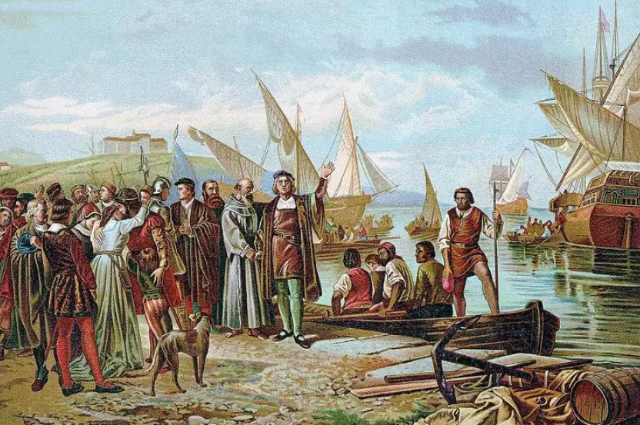
(In this picture Illustration titled 'Embarkation and Departure of Columbus from the Port of Palos', On His First Voyage of Discovery, On The 3rd of August, 1492. The Age of Exploration thus began with the advent of the Renaissance and changes in the education system across Europe: A Brief History of the Age of Exploration (thoughtco.com))
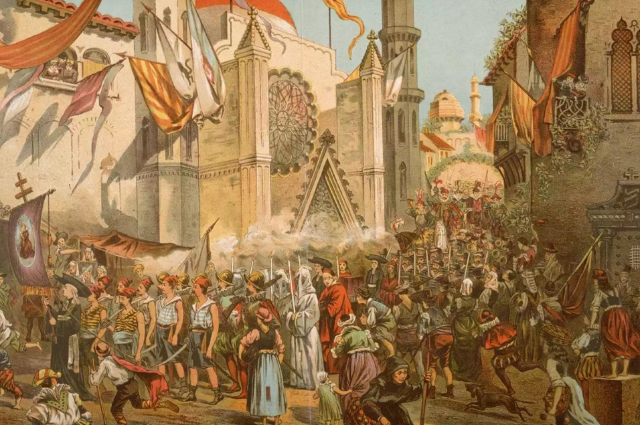
(An 1891 print shows a parade in honor of Portuguese explorer Ferdinand Magellan, whose ships circumnavigated the world between 1519 and 1522, Spain, 1522. Magellan, himself, had died in 1521, and the return was achieved under the command of one of Magellan's captains, Juan Sebastian Elcano: Source: A Brief History of the Age of Exploration (thoughtco.com))
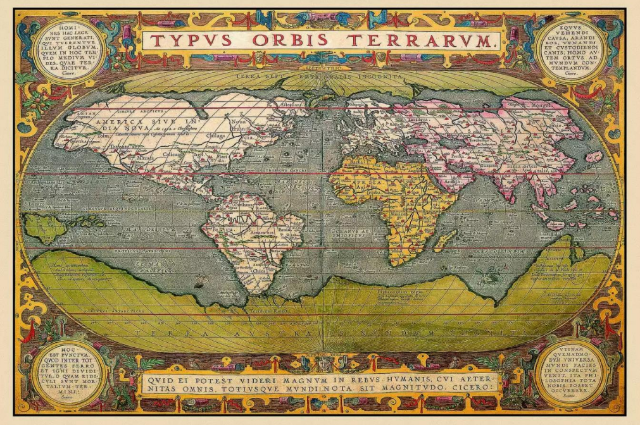
(One of the reasons for the age exploration was the advent of a new type of cartography maps which prophesied a new continent West of Europe: Types of Maps: Political, Climate, Elevation, and More (thoughtco.com))
The liberal arts consisted of trivium and quadrivium. Students learned to think attentively by developing logical skills. The dialectical method brought conflicting ideas together to determine the truth of assertions. Aristotle reigned supreme, with his theory of syllogism providing powerful tools to intellectuals throughout history by clearly specifying premises and conclusions through deduction. All of this culminated in the Age of Exploration, with Columbus' westward voyage over the Atlantic in 1492.
Education post-Industrial revolution
The contemporary world did not begin with the printing press or the computer. It began with the steam engine and evolved into the Industrial Revolution. The ordinary person's existence in 1700 was nearly identical to that of someone in the year 700. In both, most people lived on farms as part of a feudal society and were treated as livestock.
Then the Industrial Revolution occurred, and everything changed. When the Industrial Revolution began in 1750, barely 15% of Britain's population resided in towns. 150 years later, 85% did. In 1750, Europe's literacy rate remained stable at 20-30% for centuries, with one exception. By 1650, the United Kingdom's literacy rate had nearly doubled that of Europe. One hundred years later, the Industrial Revolution was fully underway in the United Kingdom.
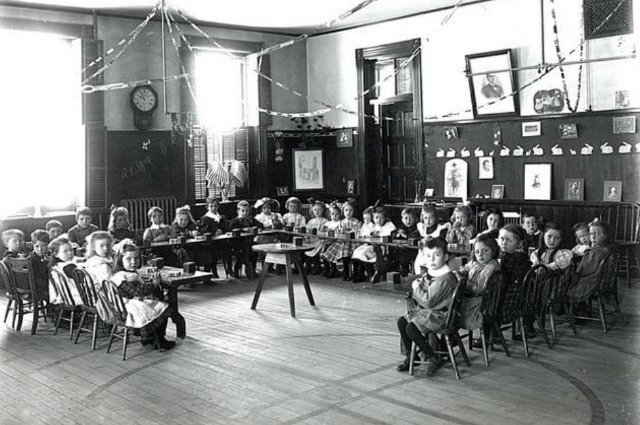
(During the Industrial Revolution and post a new factory model of education system which was started by Britain and also developed in its colonies: The Invented History of 'The Factory Model of Education' (hackeducation.com)
The Industrial Revolution was not the result of a few exceptional brains. It was the outcome of many tinkerers making incremental improvements. These inventions were all interconnected. "In 1733, John Kay invented the flying shuttle, which drastically boosted weaving pace, creating demand for yarn and leading to inventions such as the Spinning Jenny and the water frame. These procedures were soon mechanized with waterpower, until the steam engine arrived, allowing flying shuttles to truly fly in these massive cotton mills.
The impact of education on society might be gradual. It can take 15 to 20 years to educate someone. It could be another 15 to 20 years before that person contributes anything. And one generation is just a tick in the clock of time. A century spans only a few generations. Nonetheless, education expanded at an unprecedented rate during the Industrial Revolution. “The concepts that propelled the Industrial Revolution did not appear out of thin air. Literacy in England has slowly increased since the 16th century, but it surged between the 1720s and 1740s. In just two decades, men's literacy increased from 58 percent to 70 percent, while women's literacy increased from 26 to 32 percent.
The Education of Today (The IT Age)
The advancement of information technology transformed the way education was seen. Since the advent of the Internet, online education has become the norm in the post-COVID era.
Technology can open new educational opportunities for everyone. It provides a tremendous opportunity to transform global education at all levels. Technology advances at a rapid speed, and access to technology such as mobile phones and the Internet is expanding. Globally, 2.7 billion people use the internet, 6.8 billion have mobile phones, and the number of internet-enabled phones is increasing by 7% annually. By 2020, 56% of people will have internet access. Online courses have nearly doubled educational content in 2015.
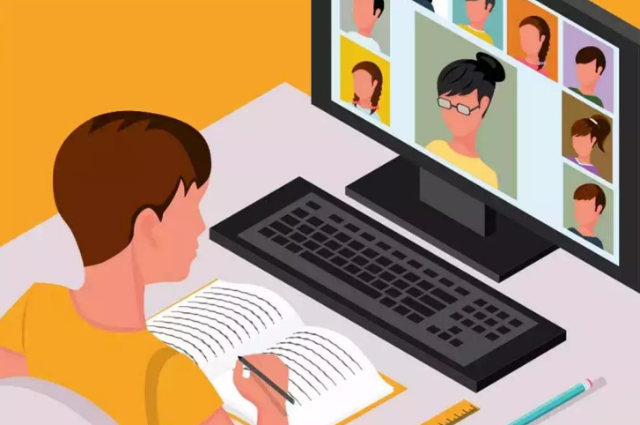
But the greatest gift would be to demonstrate how technology can be utilized to give education where it is most needed, particularly in humanitarian catastrophes such as war or natural disasters.

